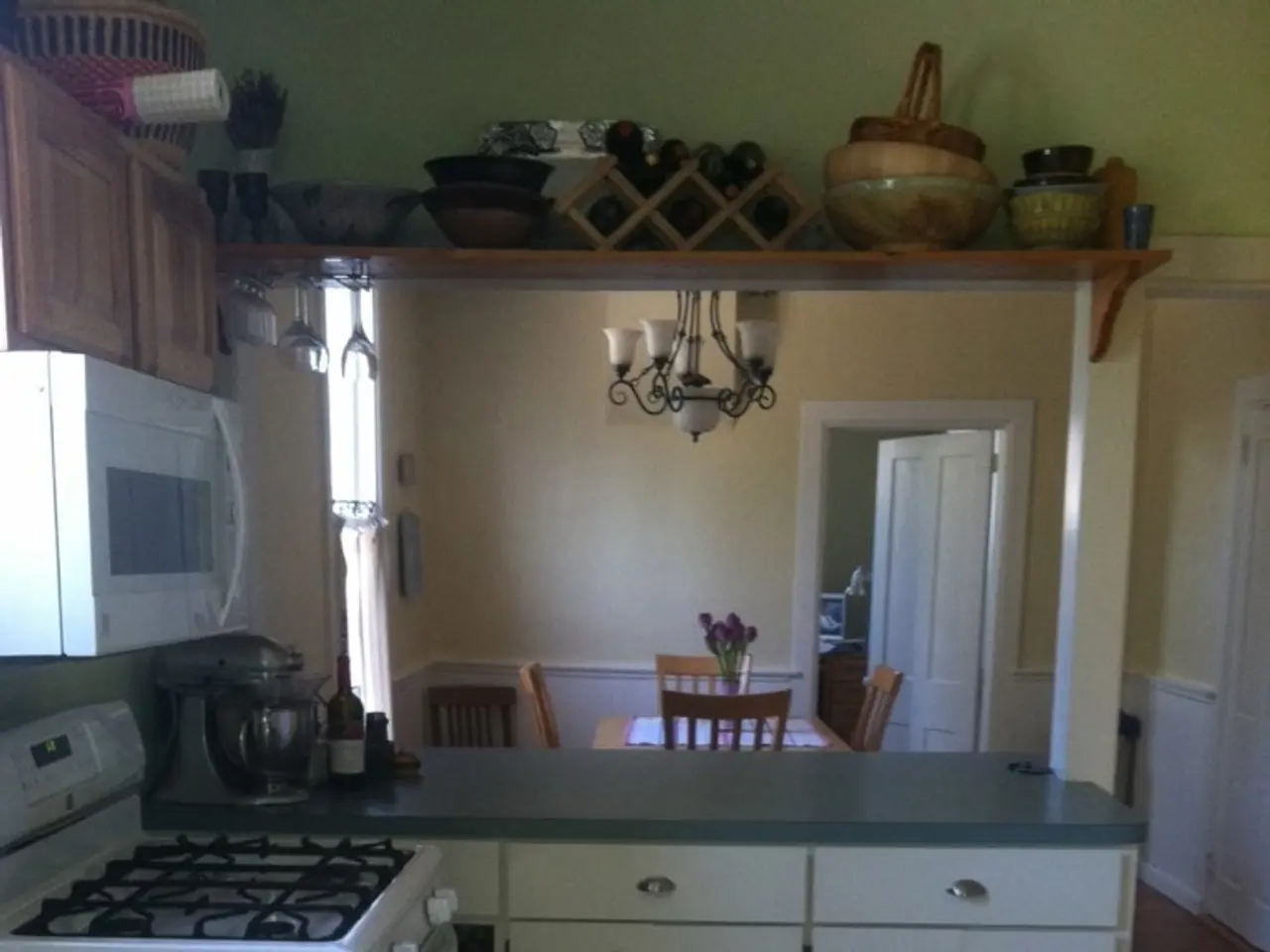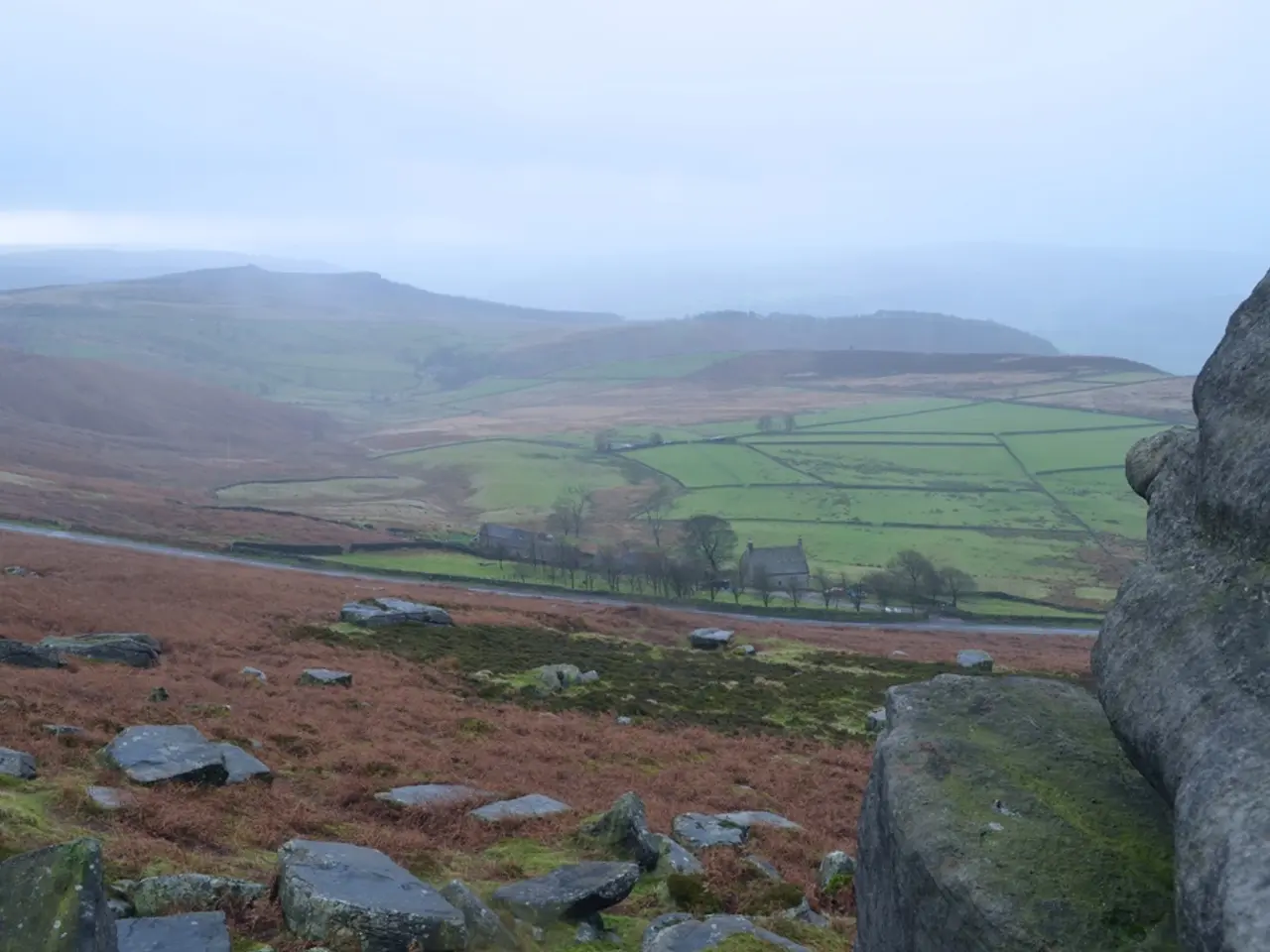Deadwood Features of Bonsai Cultivation: Strategies for Astonishing Appearance
In the world of Bonsai, the integration of deadwood features is a testament to the harmony between organic and inorganic elements. This masterful blend imbues the Bonsai with a life of its own, radiating an aura of serenity, wisdom, and timelessness that transcends the ordinary and speaks directly to the soul.
To achieve this harmonious balance, it is essential to understand and apply advanced techniques for creating and maintaining deadwood features. These techniques involve careful gradual removal of foliage and selective branch cutting, the use of carving tools to shape deadwood such as jin (stripped dead branches) and shari (trunk deadwood), and ensuring the asymmetry of live and dead parts to enhance aesthetic interest.
Advanced practices include gradual pruning and careful selection of branches for removal to avoid shock and maintain structural balance, carving deadwood with specialized bonsai tools to create realistic textures and shapes, maintaining an artistic asymmetry between live and dead parts, and second wiring techniques to refine branch positions and avoid wire scars, supporting the natural silhouette while exposing deadwood sections effectively.
Climate considerations significantly impact the longevity and aesthetic appeal of deadwood in Bonsai. In humid or wet climates, rot and fungal decay can accelerate, requiring careful treatment with preservatives and more frequent monitoring. Dryer, temperate climates tend to preserve deadwood features better by slowing decomposition and maintaining crisp textures. Seasonal temperature variations influence tree health and the drying of deadwood; excessive heat can cause cracking, while cold freezes may damage delicate deadwood parts. Protecting trees from excessive moisture while ensuring some humidity for overall health is crucial to both living and dead portions. In regions with harsher climates, deadwood preservation demands more maintenance such as reapplication of protective treatments and housing trees indoors or under shelter in extreme conditions.
Proper preservation techniques are essential to prevent decay and ensure the long-lasting presence of deadwood features in Bonsai. By pruning and shaping the living branches to complement the deadwood features, a sense of movement, energy, and life force can be created. Successfully merging deadwood features with live branches requires a deep understanding of tree anatomy and a nuanced approach to styling.
The interplay of deadwood and live branches creates a dynamic tension, imbuing the composition with a sense of vigor and rebirth. This harmony evokes a profound sense of nature's cyclical rhythms. When introducing deadwood features to newly collected bonsai trees, prioritize tree health and stability. Artificial materials can mimic deadwood effects, but they often lack the authenticity and emotional connection of natural deadwood. Advanced deadwood styling techniques can manipulate texture, color, and form to evoke a deeper emotional resonance.
Deadwood features do require more maintenance than living branches to preserve their striking appearance. They serve as a window into the tree's history, telling a story of resilience and transformation. Sleek, sophisticated styles suit indoor bonsai trees, where subtle, serene deadwood designs thrive. Mastering the art of subtle color gradations can create an ombré effect, while the strategic incorporation of fungal growths and weathered knots can convey a sense of ancient, battle-hardened wisdom.
Every well-crafted Bonsai design balances the stark beauty of deadwood with the vibrant, living branches. This delicate balance is a testament to the artistry and dedication of Bonsai enthusiasts, who continue to push the boundaries of this ancient and revered art form.
- One can find various lifestyle categories such as fashion-and-beauty, food-and-drink, home-and-garden, relationships, pets, travel, cars, books, education-and-self-development, personal-growth, and shopping on social media platforms for endless inspiration.
- In the realm of Bonsai, the integration of deadwood features is reminiscent of the balance we strive for in our personal growth, creating a harmonious blend of organic and inorganic elements.
- A successful career requires continuous learning and development, much like the second wiring techniques used to refine branch positions and avoid wire scars in Bonsai art.
- The entertainment industry captivates us with stories of sports victories, showcasing the resilience and transformation attributed to deadwood features in Bonsai trees.
- Similarly to the careful pruning and branch selection in maintaining Bonsai's deadwood features, the process of self-development necessitates selective focus and gradual refinement.
- Just as aesthetic asymmetry between live and dead parts enhances the appearance of Bonsai, striving for balance in personal relationships and social media presence can create a striking and engaging composition.
- Learning and education can open doors to diverse opportunities, much like the sleek, sophisticated styles that suit indoor bonsai trees with their subtle, serene deadwood designs.
- Being mindful of our own climate considerations, we must protect and nurture both our personal growth and our online presence, ensuring they maintain a sense of vibrant life while displaying an authentic, battle-hardened wisdom.




